Analysis
Beyond Basquiat: 12 Essential Takeaways From Last Week’s $1.6 Billion Art Auctions
Our parting observations from New York's auction gigaweek.
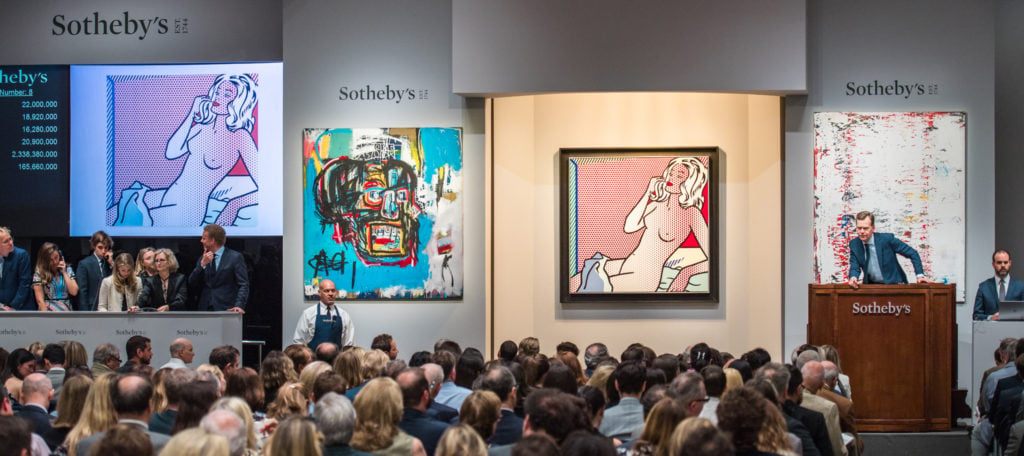
Our parting observations from New York's auction gigaweek.

![]()
A staggering $1.6 billion worth of art changed hands during New York’s auction gigaweek last week. The three houses stuffed 11 sales of Impressionist, Modern, postwar and contemporary art into just five days. The combined total is up $400 million from the equivalent sales in May 2016, which made $1.2 billion. What should market-watchers take away from the onslaught? Here are our parting observations.
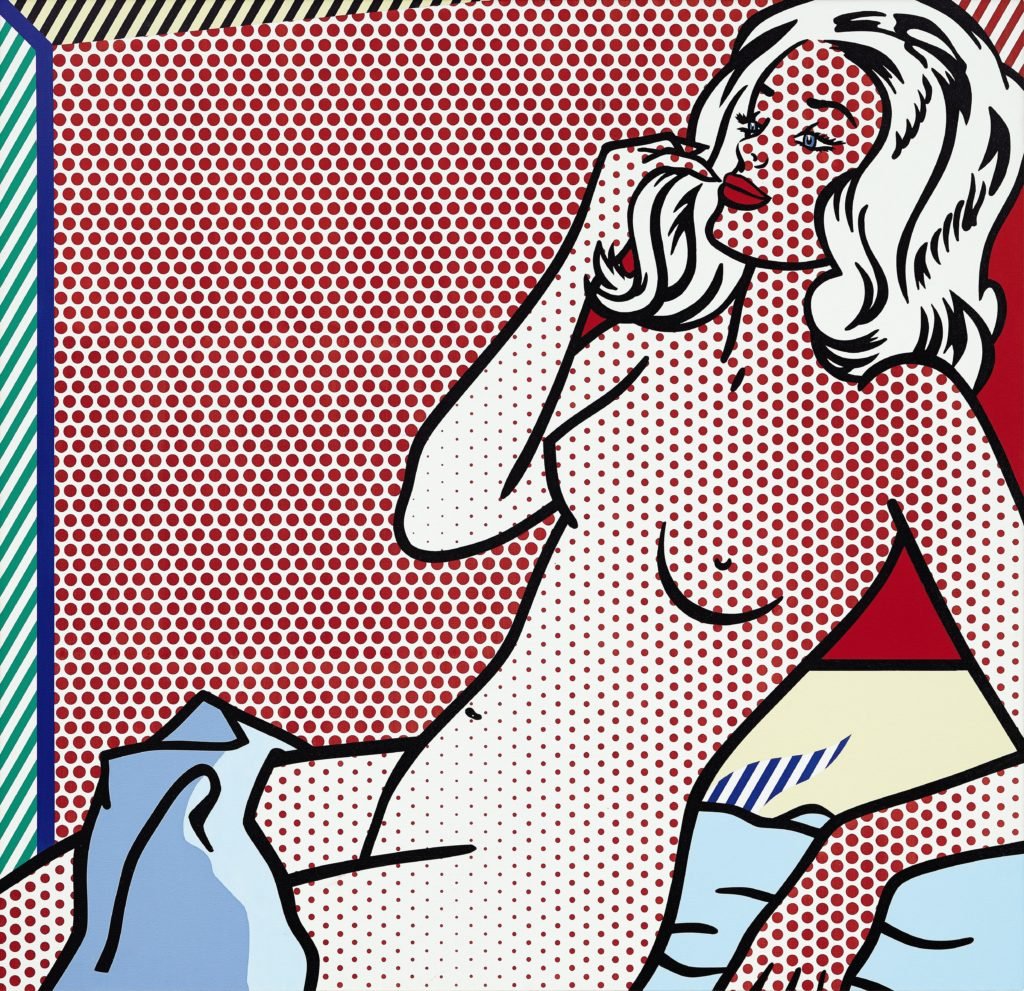
Roy Lichtenstein’s Nude Sunbathing (1995). Photo: © Estate of Roy Lichtenstein.
Top-heaviness seems to increasingly define the evening sales. Both Christie’s and Sotheby’s were deeply reliant on a few top items. Consider Sotheby’s postwar and contemporary sale, where the record Basquiat, which sold for $110.5 million, represented a third of the evening’s $319.2 million total. Throw in the second-priciest lot of the night, a Roy Lichtenstein that fetched $24 million, and the two items account for about 42 percent of the sale.
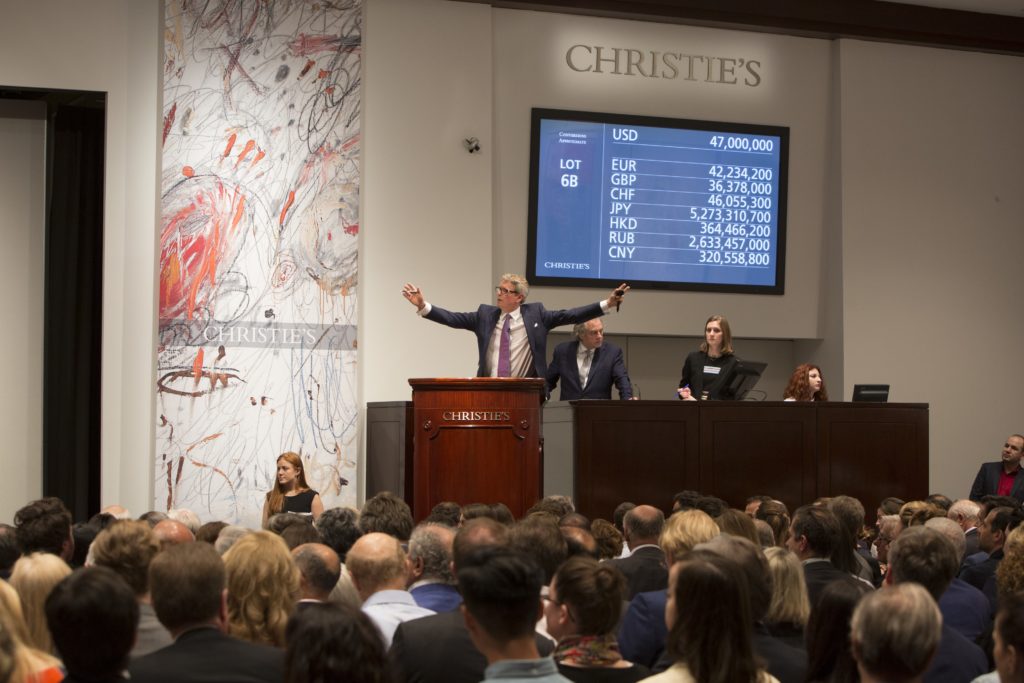
Christie’s Post-War & Contemporary Art Evening Sale. Photo: Courtesy of Christie’s.
All told, Christie’s made $833.9 million from its four sales last week, besting rival Sotheby’s by nearly $200 million. The publicly-traded auction house made a combined $635 million from its five sales. Meanwhile, Phillips, which did not hold Impressionist and Modern auctions, made $128.9 million last week.
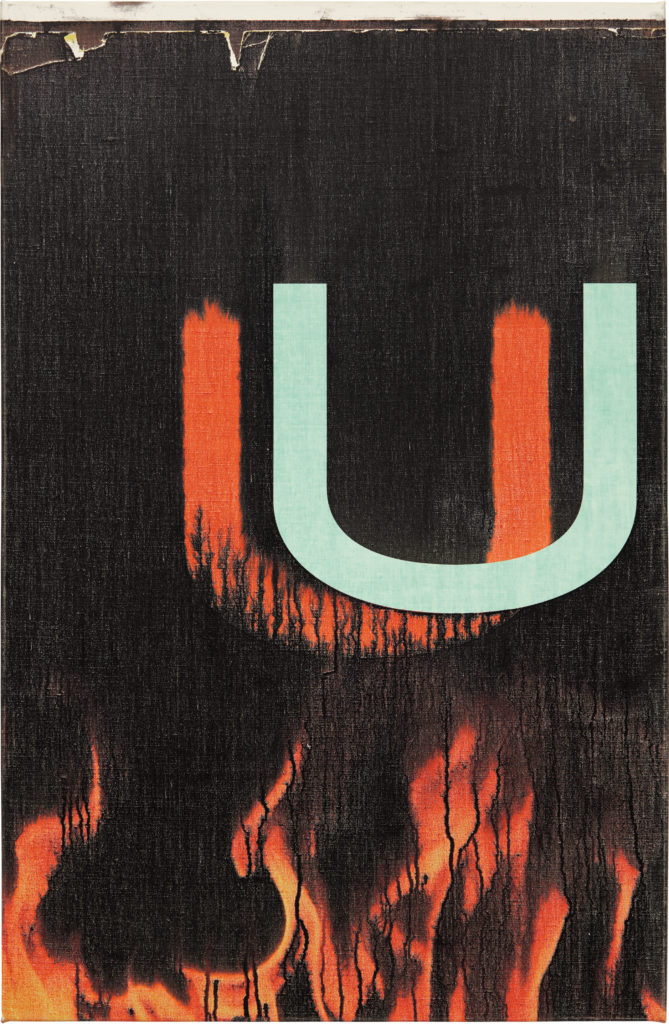
Wade Guyton’s Untitled (2005). Photo: courtesy of Phillips.
It’s easy to focus on record prices and dizzying numbers, but don’t forget: Not everyone who puts an artwork up for auction makes money. To wit: One unlucky collector bought Wade Guyton’s Untitled (2005) at Christie’s New York in March 2014 for $1 million. It sold at Phillips last week for $670,000—a $330,000 loss. Ouch.
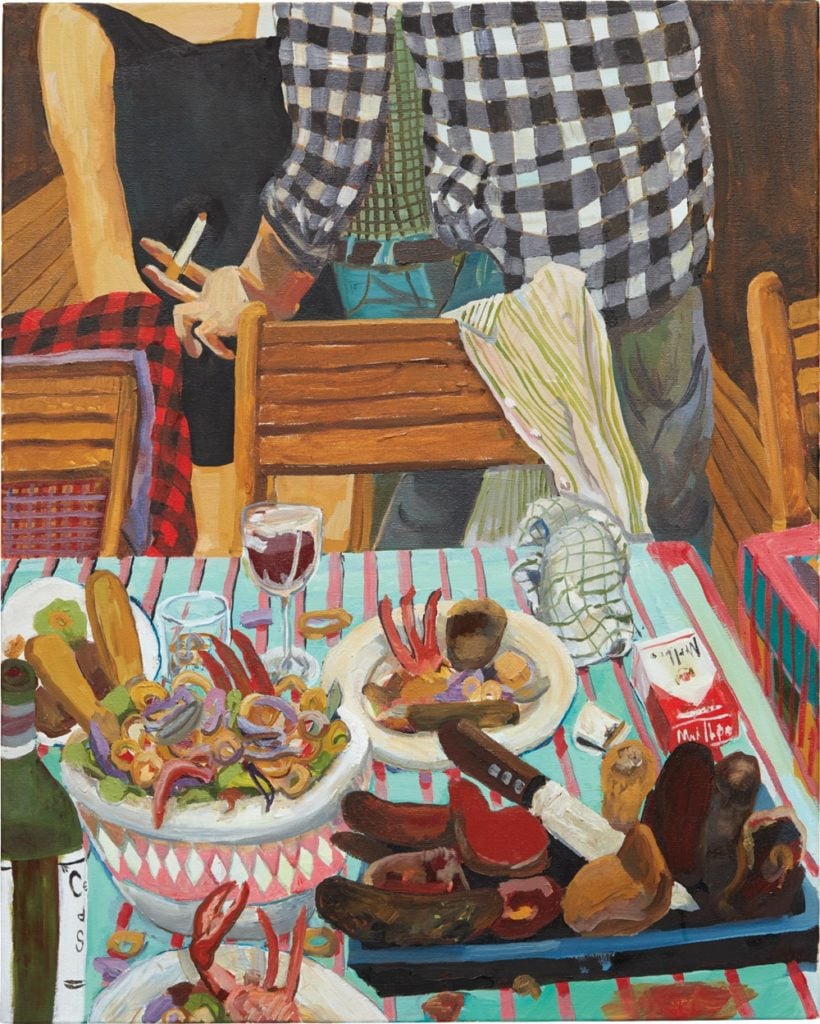
Celeste Dupuy-Spencer’s Ceviche and Peruvian Meat (2011). Courtesy Phillips.
The award for best debut at auction goes to Celeste Dupuy-Spencer, who is featured in the current Whitney Biennial. Her painting Ceviche and Peruvian Meat (2011) sold at Phillips for $23,750, more than twice its low estimate (est. $10,000–15,000).
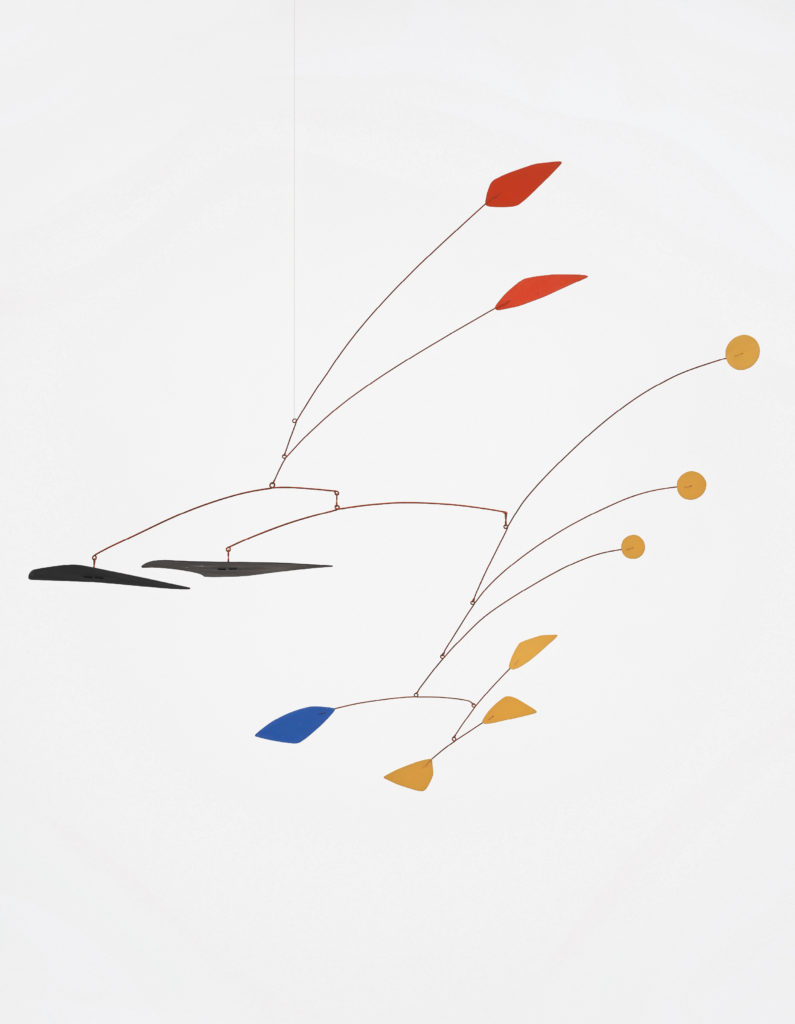
Alexander Calder’s Two Red Petals in the Air (1958). Photo: courtesy of Phillips.
The consignor of Alexander Calder’s mobile Two Red Petals in the Air (1958) owned the work for only 18 months. He or she bought the work at Sotheby’s New York in November 2015, only to put it up for auction at Phillips last week. Maybe the collector didn’t hold on long enough: the work ended up selling for $2.41 million—the same price for which it was purchased in 2015. (That said, if you take into account inflation, shipping, storage, and insurance, the work probably made a loss.)
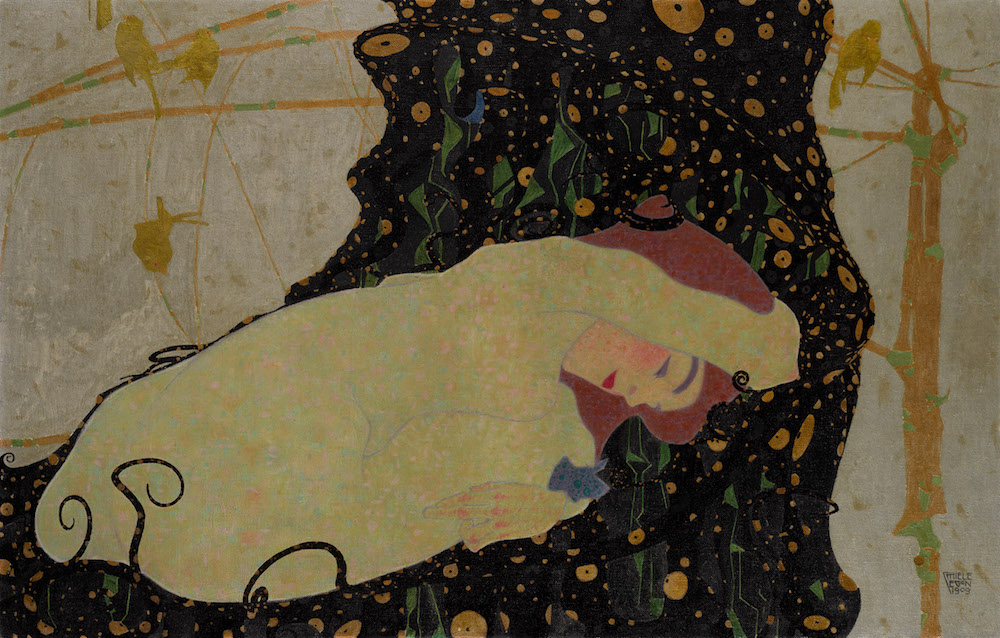
Egon Schiele’s, Danae (1909) . Courtesy Sotheby’s New York.
Each house withdrew a major lot at the last minute last week—an indication of just how skittish consignors can get in the absence of guarantees. At Phillips’ contemporary art evening sale, the consignor of the second-highest estimated work, Gerhard Richter’s Abstraktes Bild (1994) (est. $15–20 million), got cold feet. (“It is the consignor’s decision to take the painting out of the sale and we have to respect that,” Phillips’ chairman Cheyenne Westphal said after the auction.) The evening before, Christie’s withdrew Willem de Kooning‘s Untitled II (1977), which had a hefty estimate of $25–35 million. But perhaps the biggest disappointment was Tuesday’s last-minute withdrawal of Egon Schiele’s painting Danaë (1909) (est. $30–40 million) from Sotheby’s Impressionist and Modern art sale. Not only was it the priciest lot of the evening, it was also the cover lot of the catalogue. The painting’s $30 million low estimate had represented some 20 percent of the low estimate of the sale overall.
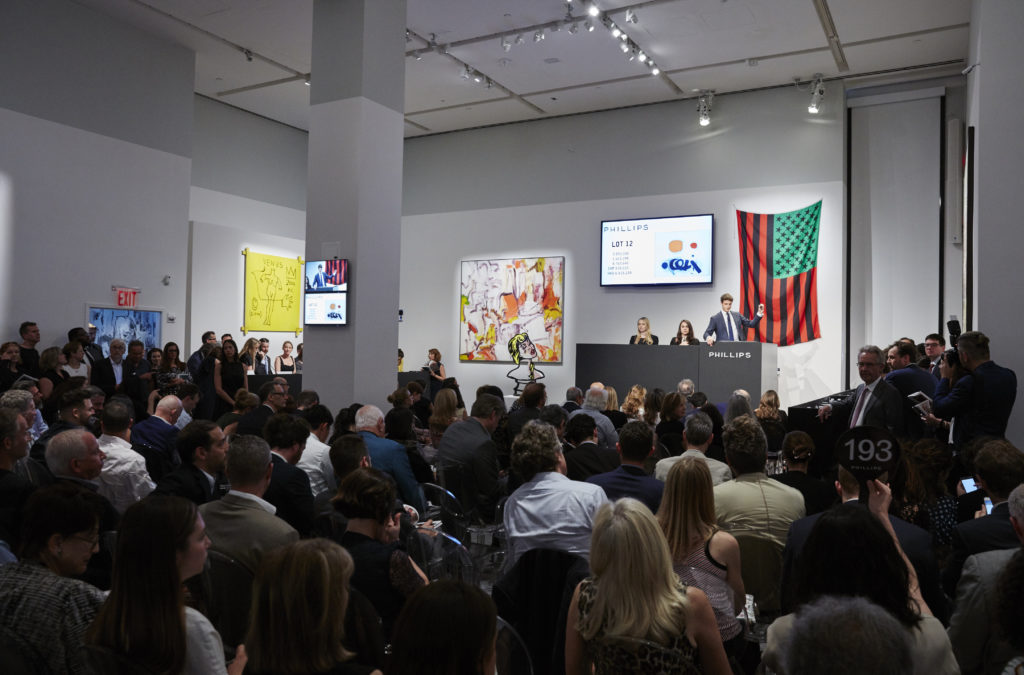
Phillips’ 20th Century and Contemporary Evening Auction. Photo: courtesy of Phillips.
“We had a great sale tonight, we sold 37 lots out of 37, 100 percent sold by lot, 100 percent sold by value, which is great,” Phillips’ CEO Ed Dolman told journalists after its 20th century and contemporary art evening sale last week. But given that three lots were withdrawn—including the major work by Richter—it is a stretch to describe it as a “white-glove” sale, the industry term for an auction that is 100% sold. (ARTnews more aptly described the sale as “off-white.”)
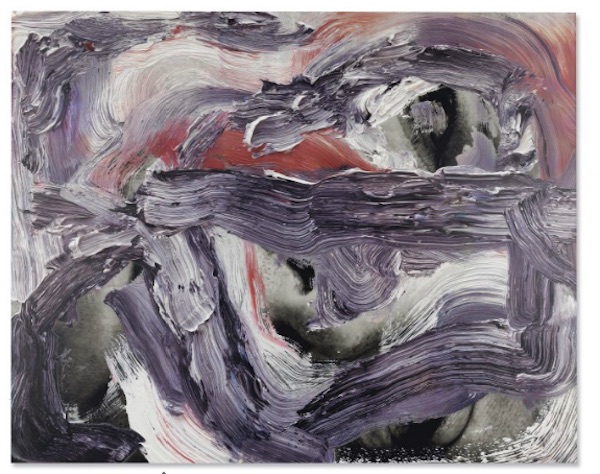
Urs Fischer’s Sodium (2015). Courtesy Christie’s.
It typically takes at least a few years for a work to go from an artist’s studio to the auction block. But not so, in the case of Urs Fischer’s mixed media work Sodium, which Christie’s catalogue lists as “executed in 2015.” It sold at last week’s postwar and contemporary evening sale—a mere couple years after it was made—for $787,500 (on the low end of the presale estimate of $700,000–900,000). The work, consigned from the Zadig and Voltaire collection, was purchased from Gagosian Gallery in Beverly Hills, according to the catalogue.
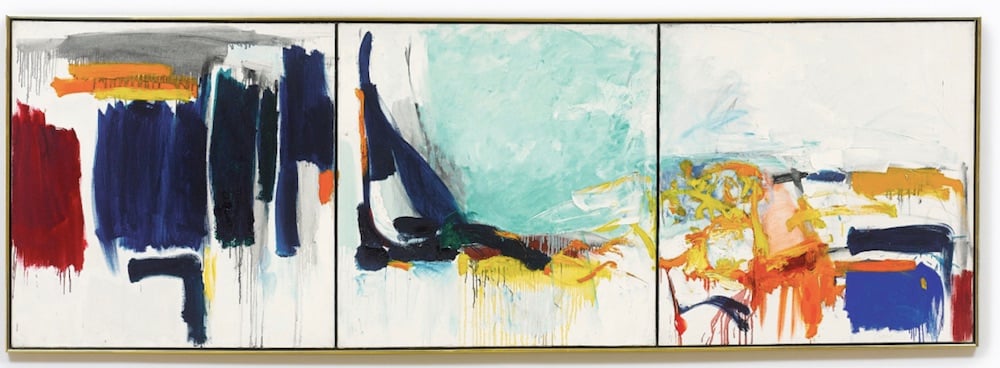
Joan Mitchell, Three Seasons (1970-71). Courtesy Sotheby’s.
All three houses sold lots at their day sales for well above $1 million—a sign of continued strength for this sector, where the profit margins are often biggest for the auction houses. Christie’s sold a 1955 Cy Twombly painting for $2.5 million, while Phillips sold an untitled 1983 drawing by Jean-Michel Basquiat from the artist’s estate for just under $1.5 million. Sotheby’s sold a circa 1970 triptych by Joan Mitchell for $3.2 million, as well as two other Mitchell paintings, for $2.65 million and $1.3 million.
The morning and afternoon sales also allow market professionals to get some face time outside of the crowded, frenetic environment of the evening sales. At one afternoon sale this week, one New York gallerist and collector/dealer were spotted air-kissing. After a few minutes of warm chit-chat, one said to the other, “You know, we haven’t done business in a while. We should do a deal soon. Do you happen to have a late Lichtenstein?”
Christie’s dominated the evening contemporary sales with a $448 million total, besting Sotheby’s $319 million sale by more than $100 million. But the former saw a dip in the results of its contemporary day sales, which made $75 million, down from $83 million in May 2016. Meanwhile, Sotheby’s contemporary day sales jumped to $92.8 million, up from $55 million last year.
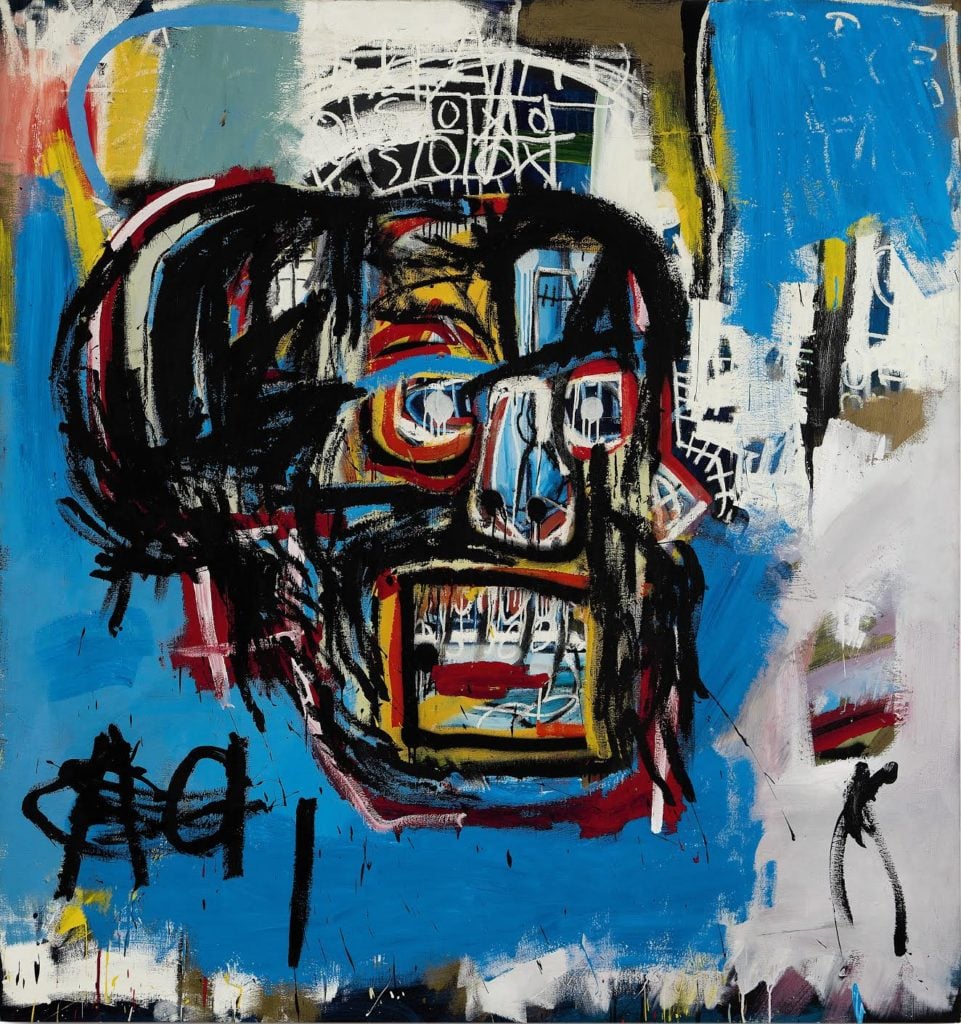
Jean Michel-Basquiat’s Untitled (1982). Courtesy of Sotheby’s New York.
Not only is the American artist responsible for the most expensive single work of art sold last week—the $110.5-million canvas Untitled (1982)—he also cleaned up at all three auction houses. All told, the 27 Basquiat works on offer in both the day and evening sales sold for a total of just over $200 million. Here’s the breakdown.
Christie’s: $57,863,500
Sotheby’s: $130,905,004
Phillips: $12,976,000
Total: $201,744,504